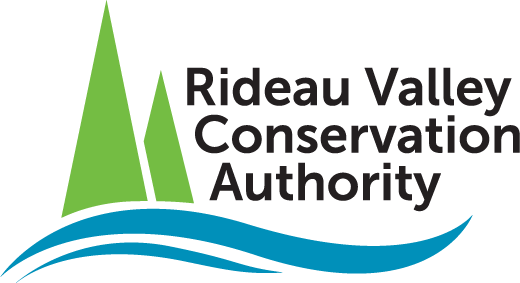Streamflow and water level data are used to monitor flood and drought events. They are also used to monitor water supply for lake operation and navigation. This information is used to determine flood risk, support land use planning, assess fish habitat and for water quality analyses of contaminant loading.
The RVCA real-time streamflow network is made up of five regional stations operated by Water Survey Canada (WSC). Streamflow data is computed on an hourly basis and calculated in cubic meters per second. Statistics have been generated from a 30-yr period of record and represent the typical seasonal flows observed over the historic record.
NOTE: All data provided through the RVCA real-time network is considered PROVISIONAL and has not been reviewed or verified. Please see our data disclaimer below for more details.
Real-time streamflow conditions can be reviewed through our interactive map or from the chart links below:
Streamflow Summary Chart:
The RVCA real-time water level network is comprised of data from a variety of sources, including the RVCA, Parks Canada (PC) and Water Survey Canada (WSC). Water level data is measured on an hourly basis and provided with geodetic reference (meters above sea level). When applicable, flood thresholds, operational objectives and historic levels have been incorporated into the charting tools.
NOTE: All data provided through the RVCA real-time network is considered PROVISIONAL and has not been reviewed or verified. Please see our data disclaimer below for more details.
Real-time water level conditions can be reviewed through our interactive map or from the chart links below:
Water Level Summary Chart:
Parks Canada Water Management InfoNet:
The RVCA periodic water level data is associated with a network of water level sensors on lakes and rivers that are actively logging, but are not configured to transmit live data. Data is accessed through seasonal field visits and manual downloads.
NOTE: All data provided through the RVCA real-time network is considered PROVISIONAL and has not been reviewed or verified. Please see our data disclaimer below for more details.
Periodic water level conditions can be reviewed from the chart links below:
Periodic Water Level Graphs:
The RVCA monitors the accumulated snowpack at six sites across the watershed. Snow measurements are taken approximately every 2 weeks to quantify the amount of water in storage on the land. This information is used as a component of our flood forecasting and warning program.
NOTE: All data provided through the RVCA real-time network is considered PROVISIONAL and has not been reviewed or verified. Please see our data disclaimer below for more details.
Current and historic snowpack conditions can be reviewed from the chart links below:
Snow Measurements:
The RVCA weather station network is comprised of 11 all-season weather monitoring systems deployed across the watershed. These weather stations measure the air temperature, dew point, relative humidity, air pressure, solar radiation, average wind speed and precipitation at hourly intervals in near real-time. A summary precipitation report is available below which includes the cumulative precipitation totals (mm) over the past 1, 6, 24, 72 hours and 7 days.
NOTE: All data provided through the RVCA real-time network is considered PROVISIONAL and has not been reviewed or verified. Please see our data disclaimer below for more details.
Real-time weather conditions can be reviewed through our interactive map or from the dashboard links below. Please refer to the Weather Station Dashboard Tutorial for information on how to use these tools.
Weather Stations:
For water levels and flows on the Ottawa River visit the Ottawa River Regulation Planning Board.


